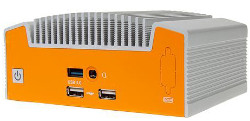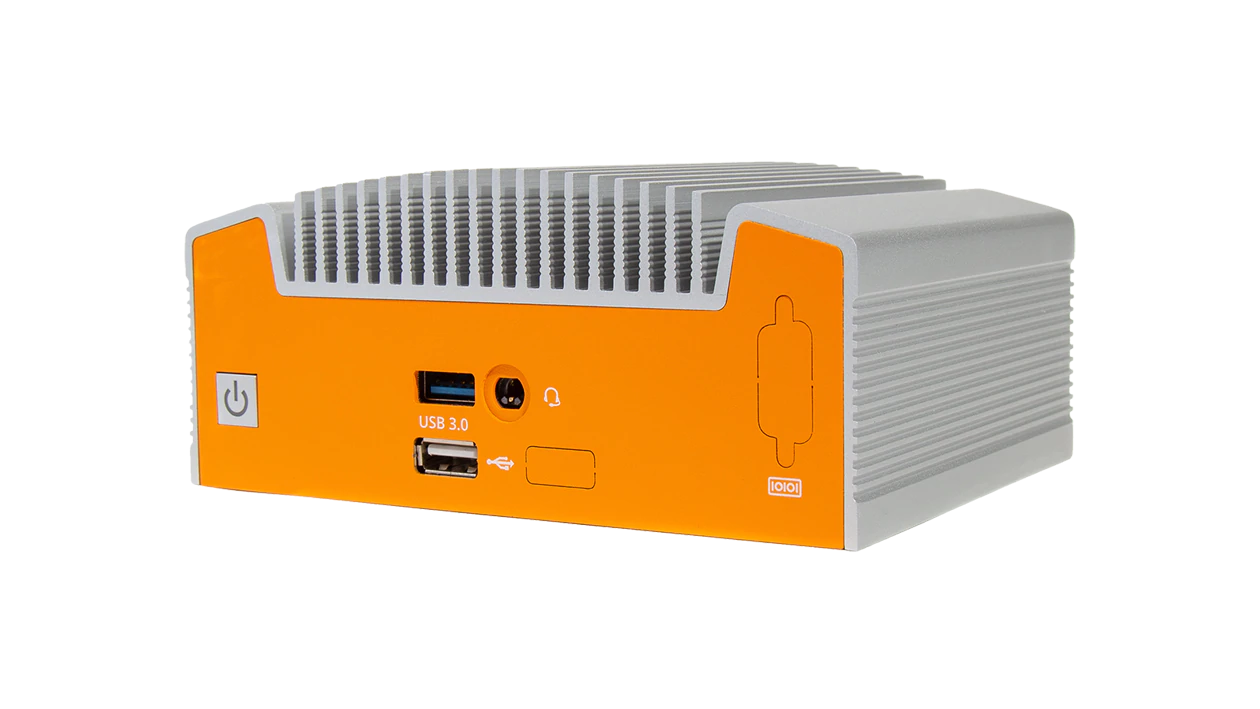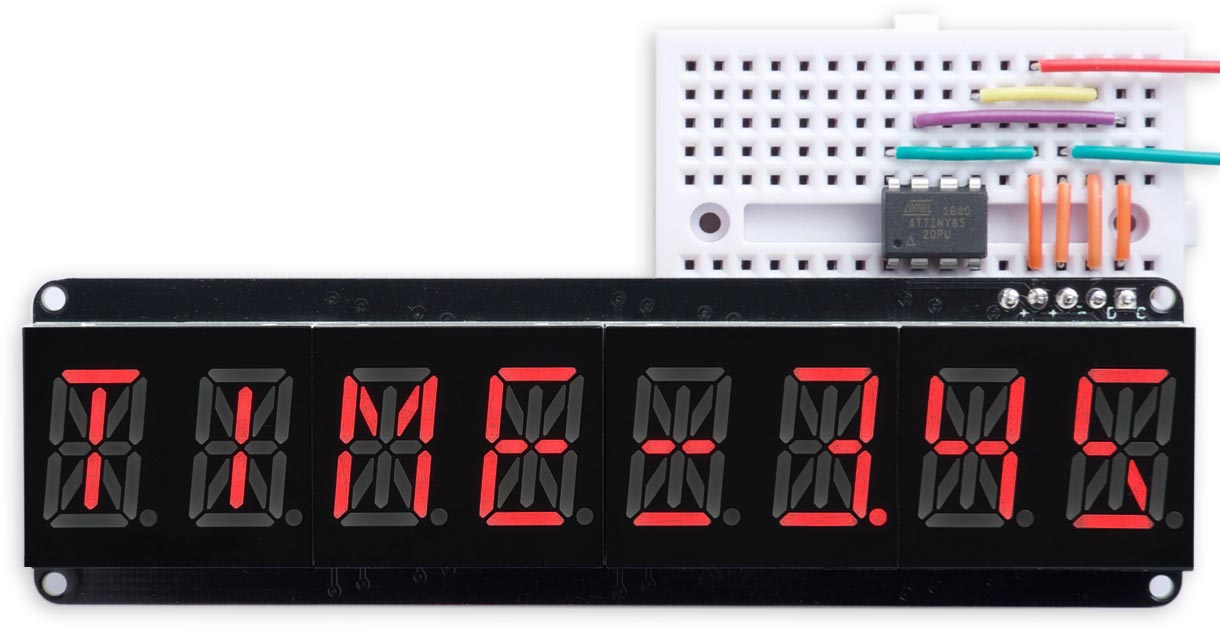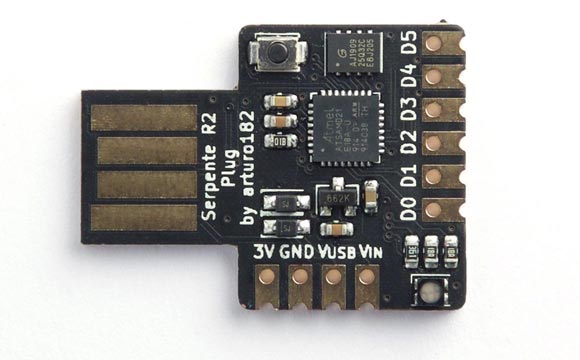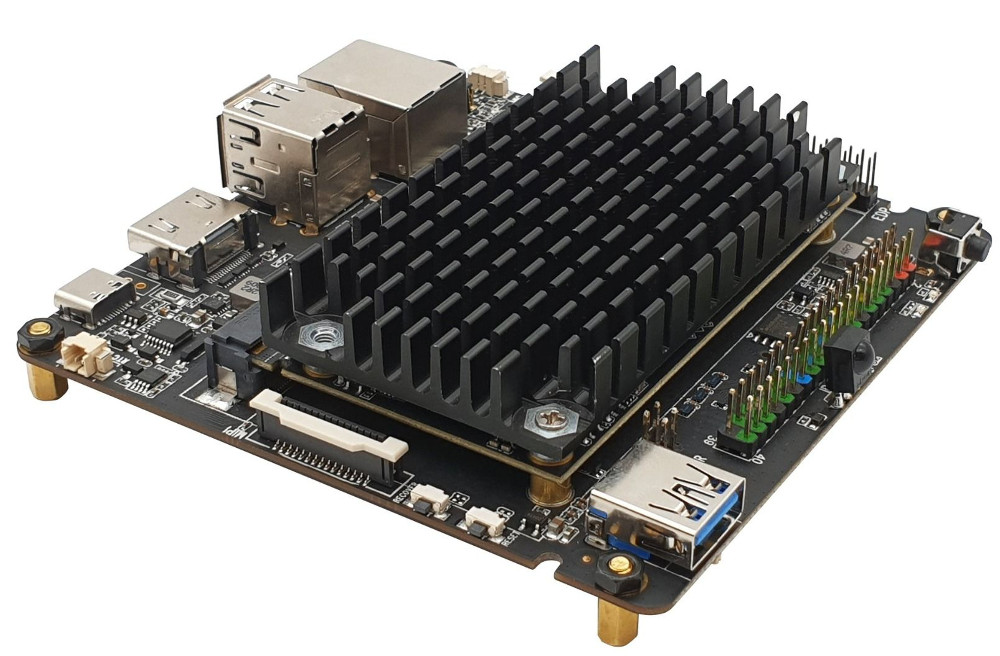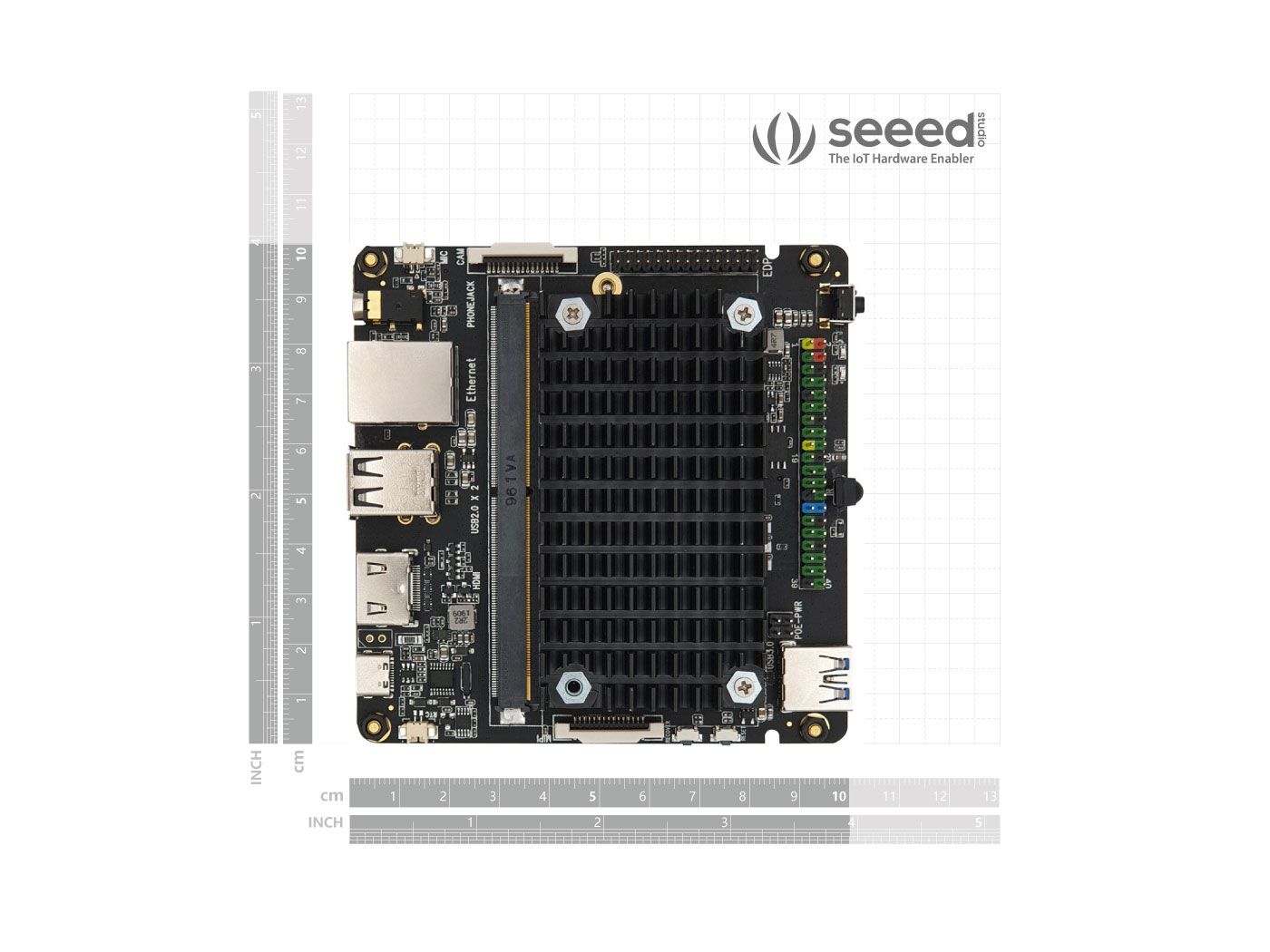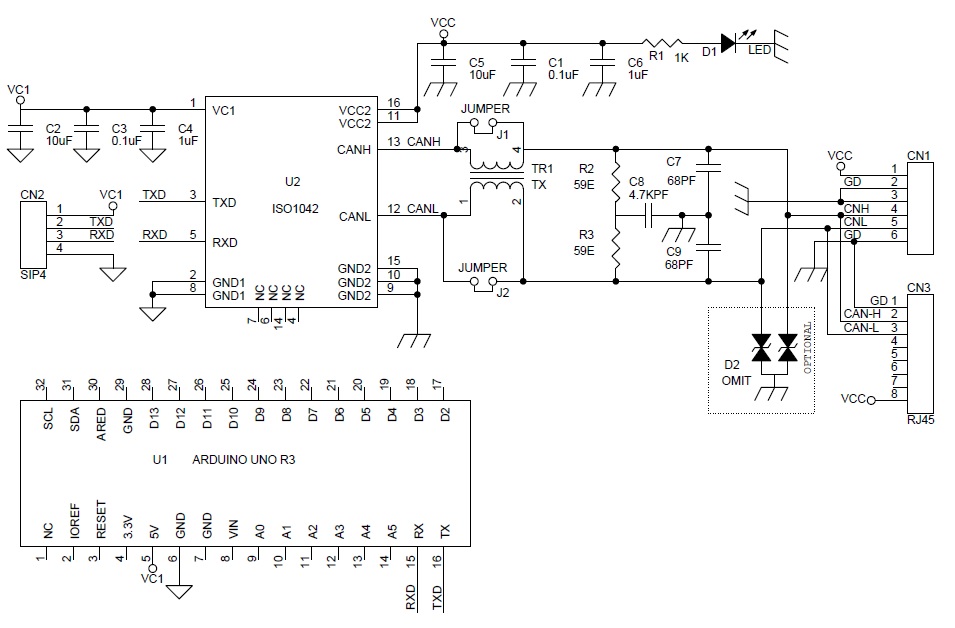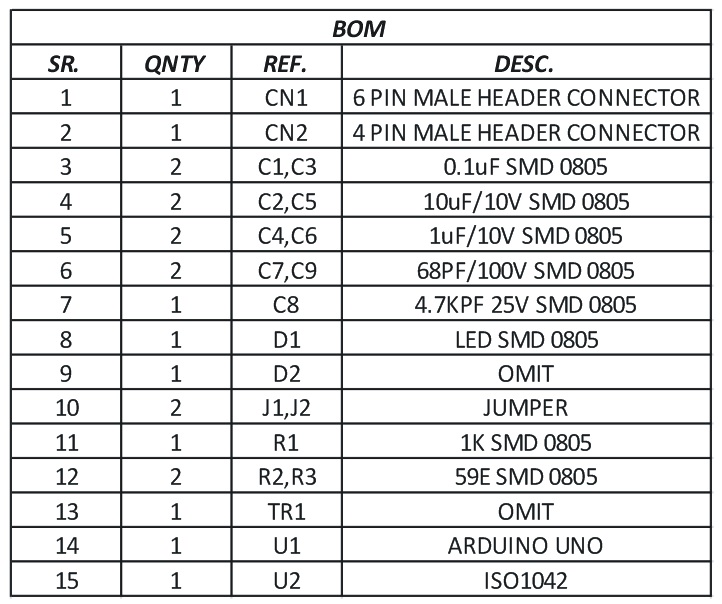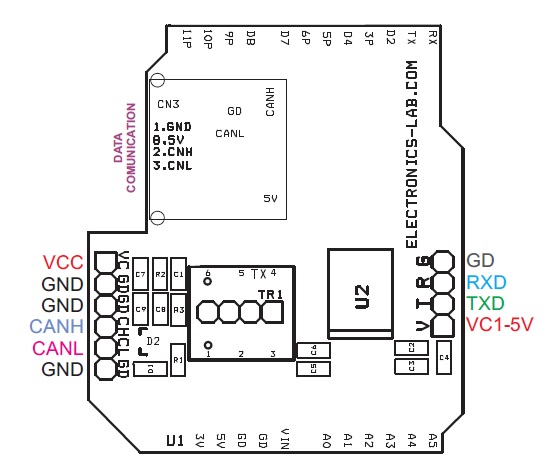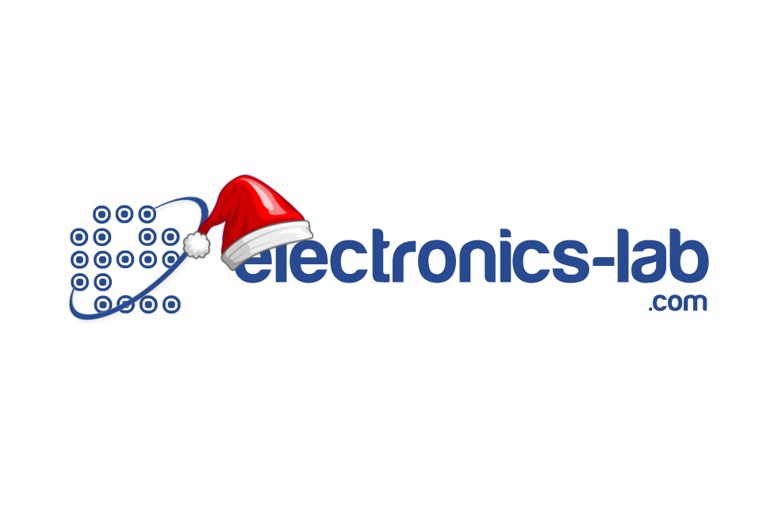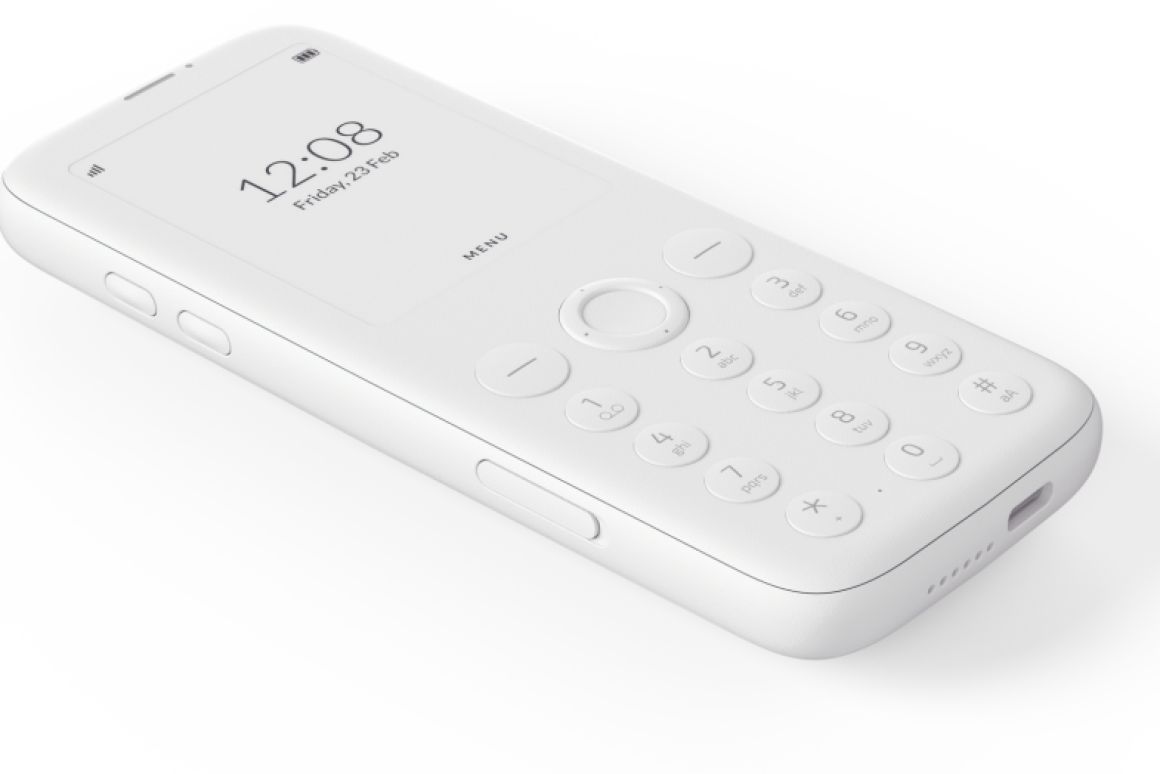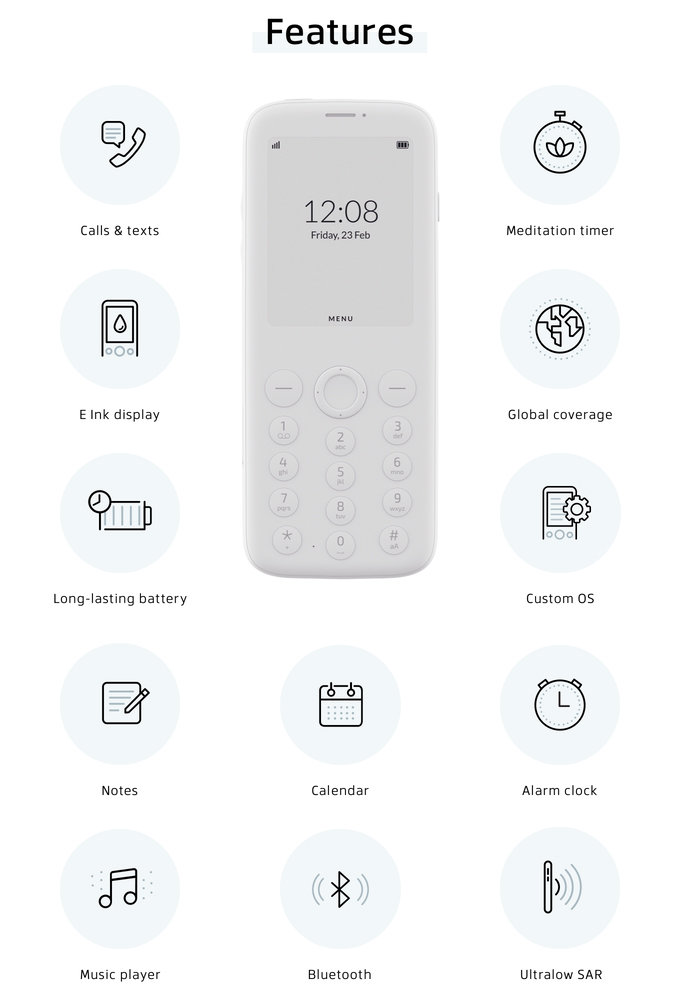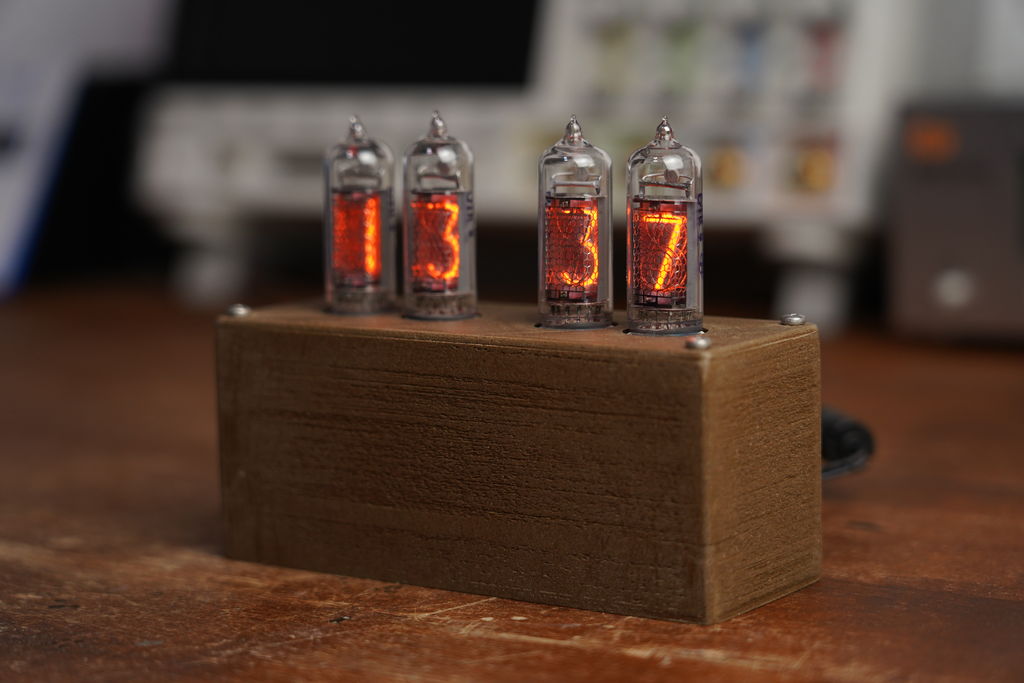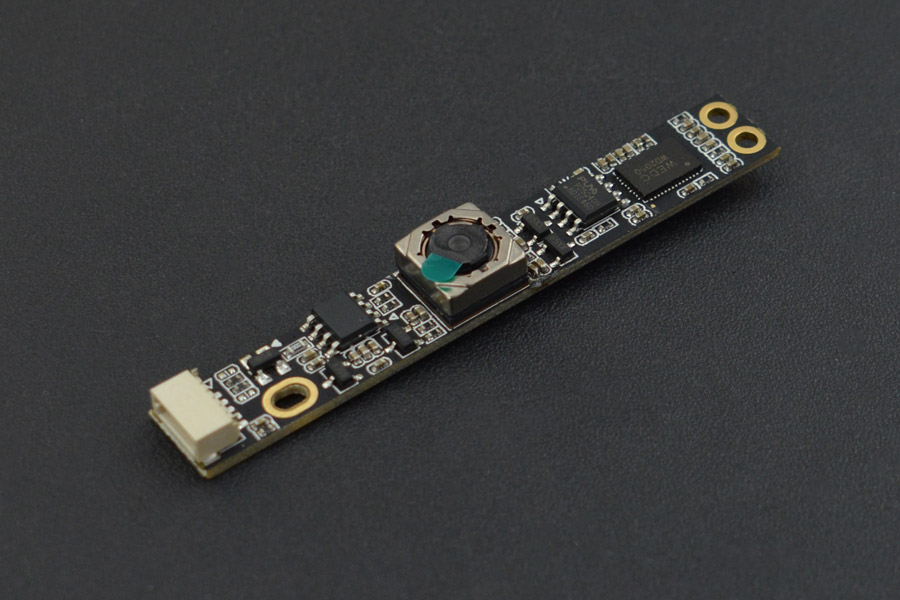AMD launched a Ryzen Embedded “open ecosystem” for mini-PCs from multiple vendors, which runs on its Ryzen Embedded V1000 and the newer Ryzen Embedded R1000 system-on-chips. The new line of hardware includes two new Linux enabled mini-PCs from OnLogic, the R1000-based ML100G-40, and V1000-based MC510-40. The systems highlighted in the Ryzen Embedded mini-PC ecosystem are aimed at rugged industrial applications, in exception of ASRock mini-PCs on AMD’s list, which is listed only with Windows 10 support: the R1000-based 4X4 BOX-R1000Vand the V1000-based 4X4 BOX-V1000M. In their announcement, AMD includes the ML100G-40 and MC510-40 systems, but only lists the ML100G-40 on their product page. They both support 0 to 50°C operating temperatures and run Windows 10 or Ubuntu Desktop 18.04 (ML100G-40) or 16.04 (MC510-40) LTS.
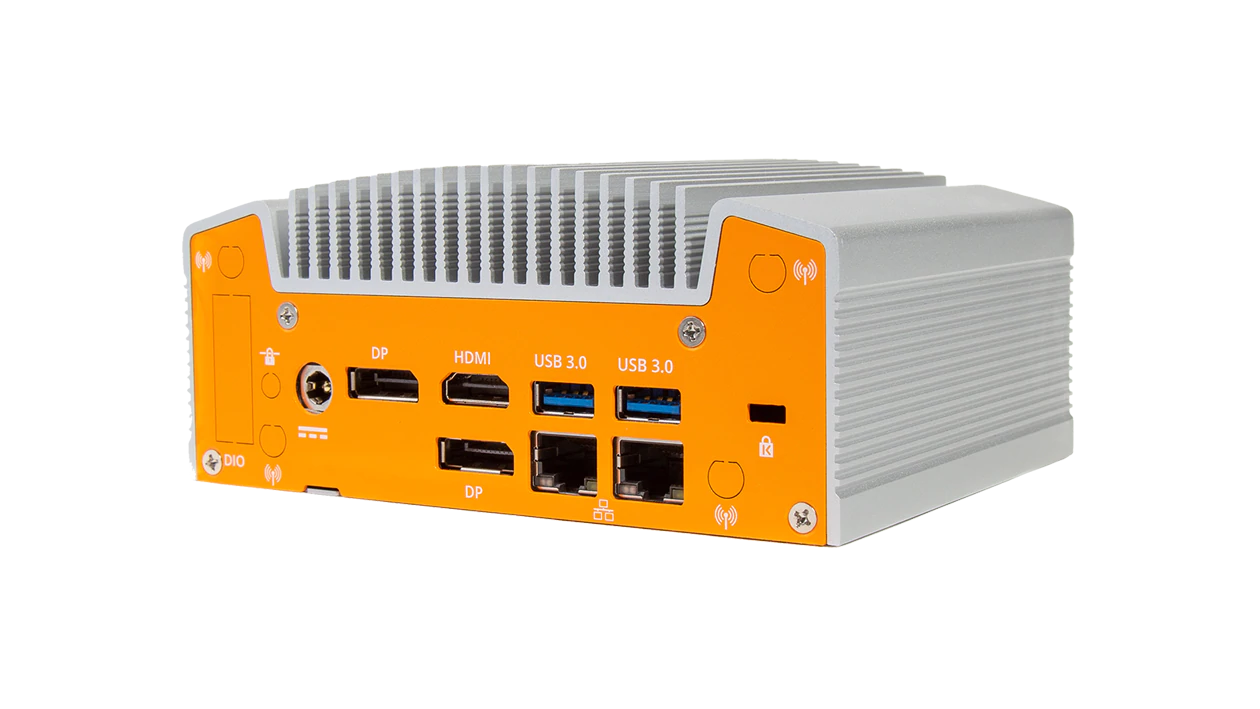
The ML100G-40 has similar features like the exposed heatsink design and 142 x 107 x 62mm dimensions with other ML100 branded systems, but it is a more feature-rich product, with more display, GbE, and USB ports. The fanless ML100G-40 features an AMD Ryzen Embedded R1505G, the lower-end of the two R1000 parts with dual quad-threaded Zen cores clocked to 2.4GHz/3.3GHz and a Vega GPU with triple 4K display support at 1.0GHz. You can choose to configure it with a V1605B, which is the lower-end model among the three quad-core V1000 parts. The V1605B enables 4x octa-threaded Zen cores at 2.0GHz/3.6GHz and a Vega GPU at 1.1GHz. All of Ryzen Embedded SoCs offer configurable 12-25W TDPs.
The ML100G-40 enables 4GB to 32GB DDR4-2666 via dual slots, and also offers a 32GB to 512GB SSD that plugs into an M.2 slot. Available also is an M.2 E-key 2230 slot that supports an Intel Wireless-AC module with 802.11ac and Bluetooth 5.0 or a Sierra Wireless Extrovert 4G LTE module with Verizon or AT&T SIM cards. Due to the Extrovert module being used, one of the USB ports is offline. The system enables 2x GbE (Realtek RTL8111G), 3x USB 3.1, 2x USB 2.0, and optional COM port, which is not available if you order 4G. Other features include a DIO option, dual DisplayPorts, an HDMI port, an audio I/O jack, and a 12VDC input jack. Additional features include VESA, wall, and DIN-rail mounting options, but no temperature range was listed.
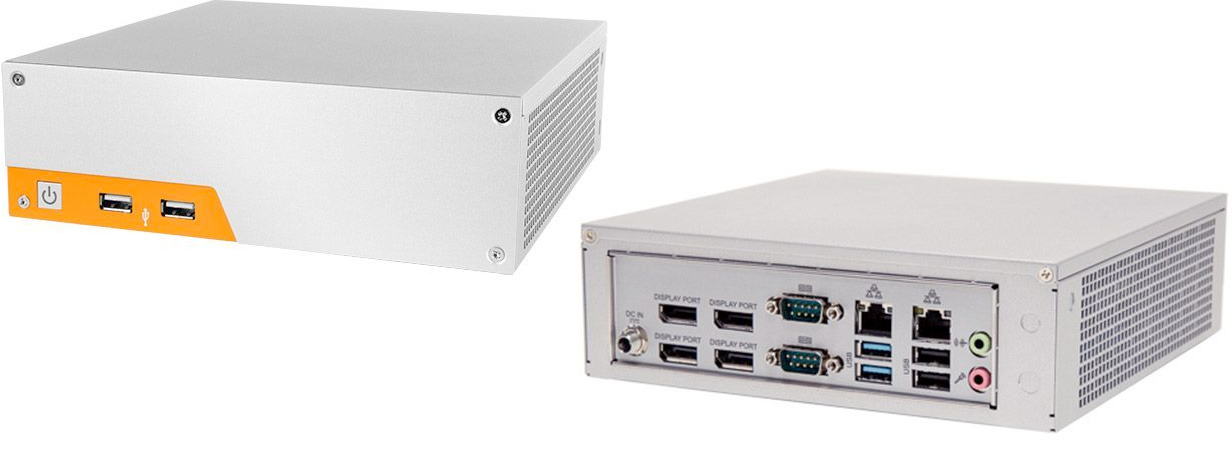
The 199.6 x 192.6 x 59.3mm MC510-40 is a Mini-ITX-based industrial computer. It starts at $690, and it’s based on the same quad-core V1605B SoC found in the ML100G-40. However, it supports 4x simultaneous displays instead of three. It also supports up to 32GB DDR4-2666 and ships with 32GB or higher M.2 storage. Worthy of note is that the upper range extends to 2TB, and provision is made to optionally add a second up to 2TB SSD or up to 4TB HDD via an optional 2.5-inch SATA slot. Also available are WiFi/BT, and Extrovert 4G options enabled via a mini-PCIe slot with optional antennas for the 3x antenna mounts. Additional features for the MC510-40 includes 2x GbE (Realtek RTL8111G), 2x 10Mbps USB 3.1 Gen 2, 4x USB 2.0, and 2x RS-232/422/485 COM ports. Available also are 4x DisplayPort 1.3/DP++ ports and a 12VDC jack. It has similar mounting options as the ML100G-40, with optional fan and power adapters.
For more information on AMD’s Ryzen Embedded mini-PC ecosystem, visit its announcement and product page. The OnLogic ML100G-40 starts at $590 and the MC510-40 starts at $690.
More information on the OnLogic’s ML100G-40 and MC510-40 product and shopping pages.


